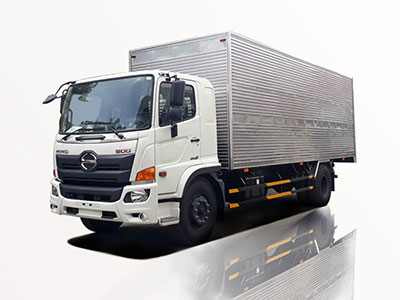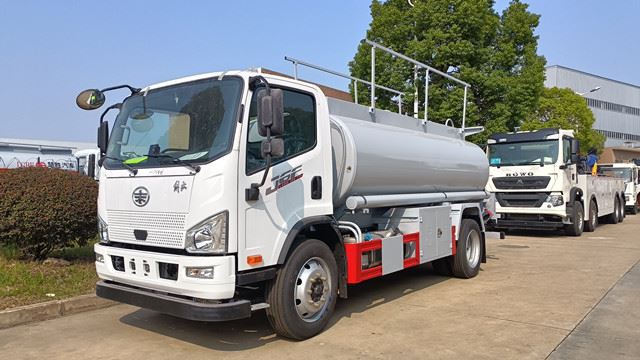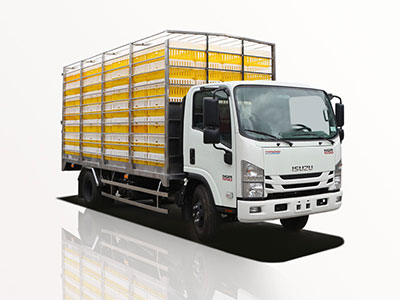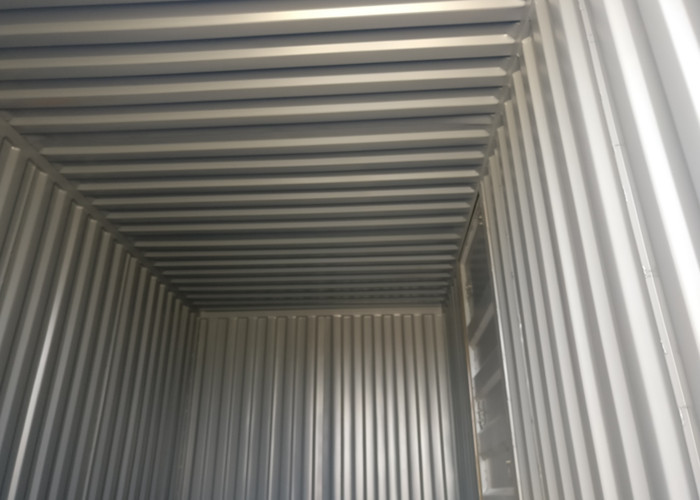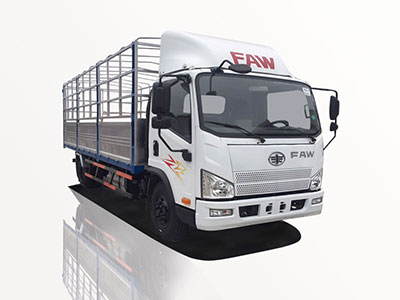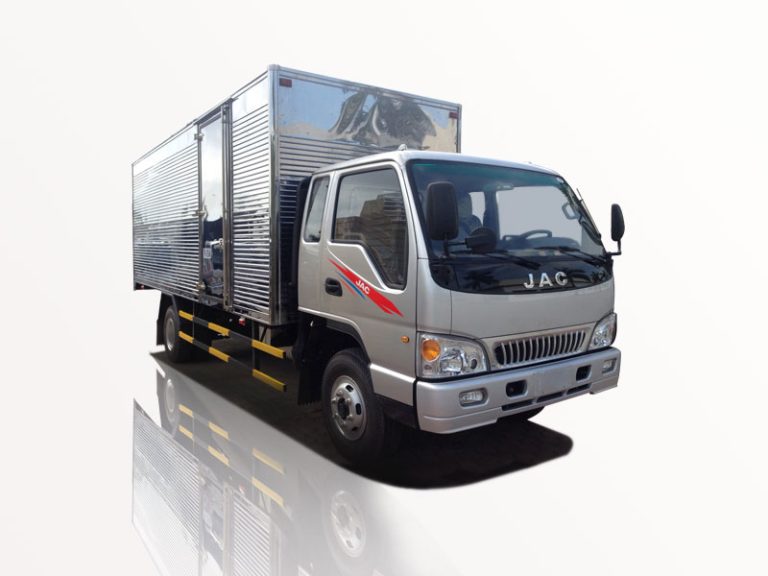Tractor trailers, also known as semis, are vital in the logistics and transportation industry. One of the most critical aspects of operating a tractor trailer is understanding fuel efficiency, which largely depends on the fuel tank capacity. This article will provide an in-depth exploration of tractor trailer fuel tank capacity, covering various factors, practical examples, tips for owners and operators, and answers to frequently asked questions.
Introduction to Fuel Tank Capacity
The fuel tank capacity of a tractor trailer plays a significant role in the truck’s range, efficiency, and overall operational costs. A larger fuel tank allows for longer trips without refueling, while a smaller tank can result in increased stops at fuel stations, eating into valuable time and resources. This article will dissect all aspects of tractor trailer fuel tank capacities to help operators make informed decisions.
What Influences Tractor Trailer Fuel Tank Capacity?
1. Truck Model and Manufacturer
Different manufacturers have varying specifications based on design and intended use. Standard capacities can vary widely, with class 8 trucks typically having more extensive tank options.
2. Configuration and Customization
Operators may customize their rigs based on their specific needs. Options can include single or dual fuel tanks, which heavily influence overall capacity.
3. State Regulations
Some states may have regulations governing the maximum size of fuel tanks, impacting what operators can install on their vehicles.
4. Payload Requirements
Fuel tank size must be balanced against payload requirements. A larger tank may reduce payload capacity, affecting overall efficiency and profitability.
5. Engine Type and Fuel Efficiency
Modern engines are designed for better fuel efficiency, which may reduce the need for larger fuel tanks. The type of engine can dictate optimal fuel tank sizes based on fuel consumption rates.
Standard Fuel Tank Capacities for Common Tractor Trailers
1. Overview of Tank Sizes
Typical fuel tank capacities range from 100 to 300 gallons. The following table summarizes common capacities found in various tractor trailer models:
| Truck Model | Standard Fuel Tank Capacity (gallons) |
|---|---|
| Freightliner Cascadia | 100 – 200 |
| Kenworth T680 | 100 – 150 |
| Peterbilt 579 | 100 – 200 |
| International ProStar | 100 – 150 |
| Volvo VNL | 100 – 300 |
2. Dual Fuel Tanks
Many operators prefer dual fuel tank setups, which can provide extended range capabilities. Typical configurations include two tanks with combined capacities ranging from 150 to 300 gallons.
Practical Examples of Fuel Tank Capacity Utilization
1. Long Haul Operations
For long-distance journeys, having a capacity of 200 gallons can allow operators to travel approximately 1,200 miles without refueling (given an average fuel economy of 6 miles per gallon).
2. Short Haul Distributions
For regional transportation, a single tank of 100 gallons may suffice since the routes are generally shorter and allow for more frequent refueling without significant downtime.
Fuel Efficiency and Economy
1. Impact of Fuel Tank Size on Efficiency
A proper balance between fuel tank size and payload can optimize fuel economy. Overloading can reduce efficiency, whereas underloading may lead to unnecessary fuel stops.
2. Maintaining Optimal Fuel Consumption
Regular maintenance of the engine, tires, and aerodynamics can significantly improve fuel consumption rates, making the size of the fuel tank less critical in long-term operations.
Cost Considerations in Fuel Tank Capacity
1. Initial Costs vs. Long-term Expenses
While larger fuel tanks may incur higher upfront costs, they can save money in the long run by minimizing frequent fuel stops and maximizing operational efficiency.
2. Fuel Prices and Route Planning
Incorporating fuel price trends into route planning can further maximize savings. A larger tank enables flexibility in choosing cost-effective fueling stations.
Tips for Choosing the Right Fuel Tank Capacity
1. Assess Your Operational Needs
Evaluate your regular routes, expected distances, and fuel consumption to determine the ideal tank capacity for your operations.
2. Consult with Suppliers
Professional suppliers can provide insights into tank size options that balance efficiency, cost, and regulatory compliance.
3. Consider Future Needs
If you anticipate an expansion in operations or changes in your routes, selecting a larger tank capacity now may save you from future modifications.
Environmental Considerations
1. Emissions and Fuel Consumption
Understanding the link between fuel consumption and emissions helps operators promote sustainability within their fleets.
2. Using Biodiesel or Alternative Fuels
Some operators choose alternative fuels to reduce their carbon footprint. Understanding the compatibility of fuel tanks with these fuels is vital.
Frequently Asked Questions (FAQ)
1. What is the average fuel tank capacity for a tractor trailer?
The average fuel tank capacity for a tractor trailer ranges from 100 to 300 gallons, depending on the model and configuration.
2. Can I modify my tractor trailer’s fuel tank?
Yes, modifications are possible, but they must comply with state regulations and safety standards. Always consult a professional to ensure compliance.
3. How does fuel tank capacity affect my operational costs?
A larger fuel tank can reduce the number of refueling stops, leading to savings in time and potential fuel price variations during travel.
4. What should I consider when choosing a fuel tank size?
Consider your typical routes, payload requirements, and operational efficiency when deciding on a fuel tank size.
5. How can I improve the fuel efficiency of my tractor trailer?
Maintaining your vehicle, ensuring proper tire pressure, and using aerodynamic enhancements can significantly improve fuel efficiency.
6. Are there eco-friendly fuel options for tractor trailers?
Yes, biodiesel and other alternative fuels can be used to reduce emissions, but compatibility with your tank must be verified.
